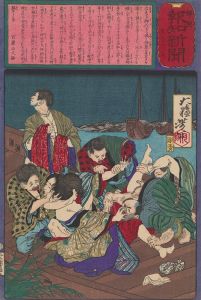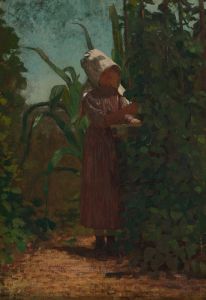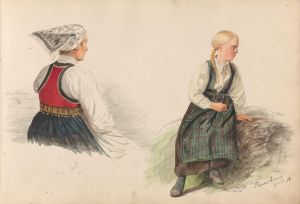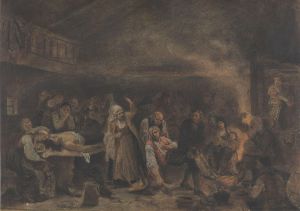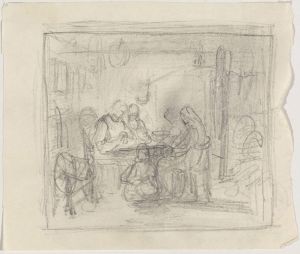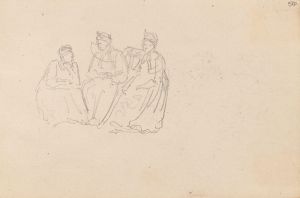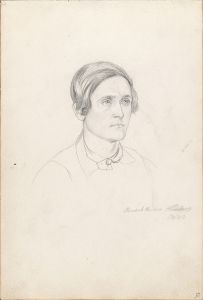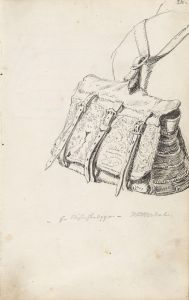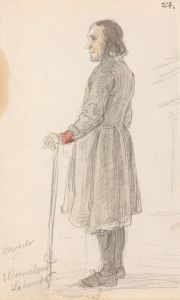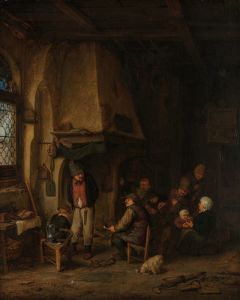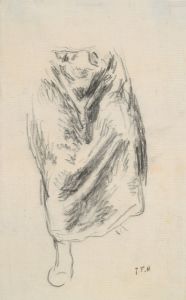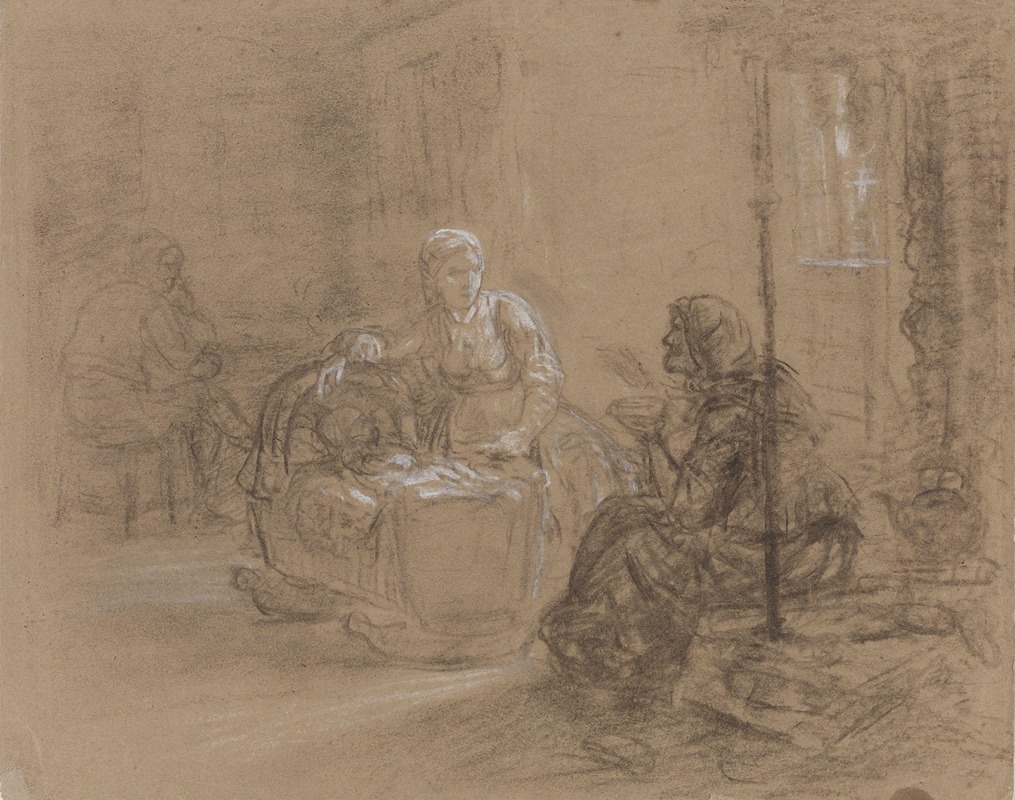
En signekjerring
A hand-painted replica of Adolph Tidemand’s masterpiece En signekjerring, meticulously crafted by professional artists to capture the true essence of the original. Each piece is created with museum-quality canvas and rare mineral pigments, carefully painted by experienced artists with delicate brushstrokes and rich, layered colors to perfectly recreate the texture of the original artwork. Unlike machine-printed reproductions, this hand-painted version brings the painting to life, infused with the artist’s emotions and skill in every stroke. Whether for personal collection or home decoration, it instantly elevates the artistic atmosphere of any space.
Adolph Tidemand's painting En signekjerring (translated as A Curing Woman or A Woman Who Performs Blessings) is a notable work by the Norwegian artist, created in 1848. Tidemand, a prominent figure in 19th-century Norwegian art, is best known for his depictions of rural life, folklore, and traditional customs in Norway. This painting reflects his interest in capturing the cultural and spiritual practices of his homeland during a period of national romanticism.
The artwork portrays a "signekjerring," a term used in Norwegian folklore to describe a woman believed to possess healing powers or the ability to perform blessings. Such women were often associated with folk medicine and rituals, blending Christian prayers with older, pre-Christian traditions. These figures held a significant role in rural communities, where access to formal medical care was limited, and spiritual or supernatural remedies were often sought for ailments or misfortunes.
In En signekjerring, Tidemand presents the subject in a humble, rustic setting, emphasizing her connection to the rural environment and traditional practices. The painting is characterized by its detailed realism, a hallmark of Tidemand's style, which he developed during his studies in Düsseldorf, Germany, as part of the Düsseldorf School of painting. This movement emphasized meticulous attention to detail and often focused on historical or genre scenes.
The composition of the painting draws the viewer's attention to the signekjerring herself, who is depicted in the act of performing a ritual or blessing. Her expression and posture convey a sense of solemnity and purpose, underscoring the cultural importance of her role. The surrounding environment and objects in the scene provide further context, offering a glimpse into the everyday life and material culture of 19th-century rural Norway.
En signekjerring is part of Tidemand's broader body of work that sought to document and celebrate Norwegian traditions at a time when the country was experiencing a growing sense of national identity. His paintings often served as visual records of a way of life that was rapidly changing due to modernization and urbanization. By focusing on themes of folklore and rural customs, Tidemand contributed to the preservation and appreciation of Norway's cultural heritage.
Today, En signekjerring is recognized as an important example of Tidemand's dedication to portraying the lives and traditions of ordinary Norwegians. The painting is housed in the National Museum of Art, Architecture and Design in Oslo, Norway, where it continues to be appreciated for its historical and artistic significance.





